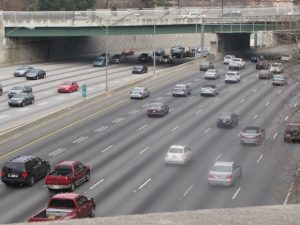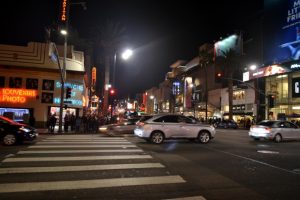Usually, perpetrators fleeing a crime scene will be afforded little protection under the law for injuries they sustain as a result. 
However, there are exceptions and it’s important to consider that under Florida’s comparative fault statute, F.S. 768.81, those who are partially to blame for their own injuries can still collect damages from others who shared responsibility.
The recent case of Roddey v. Wal-Mart, though not a Florida case, is a good example of this. In this South Carolina Supreme Court case, justices were asked to decide whether lower courts erred in issuing a directed verdict in favor of a store whose contracted security guard chased down an alleged shoplifter – with fatal consequences. Continue reading
 Broward Injury Lawyer Blog
Broward Injury Lawyer Blog







